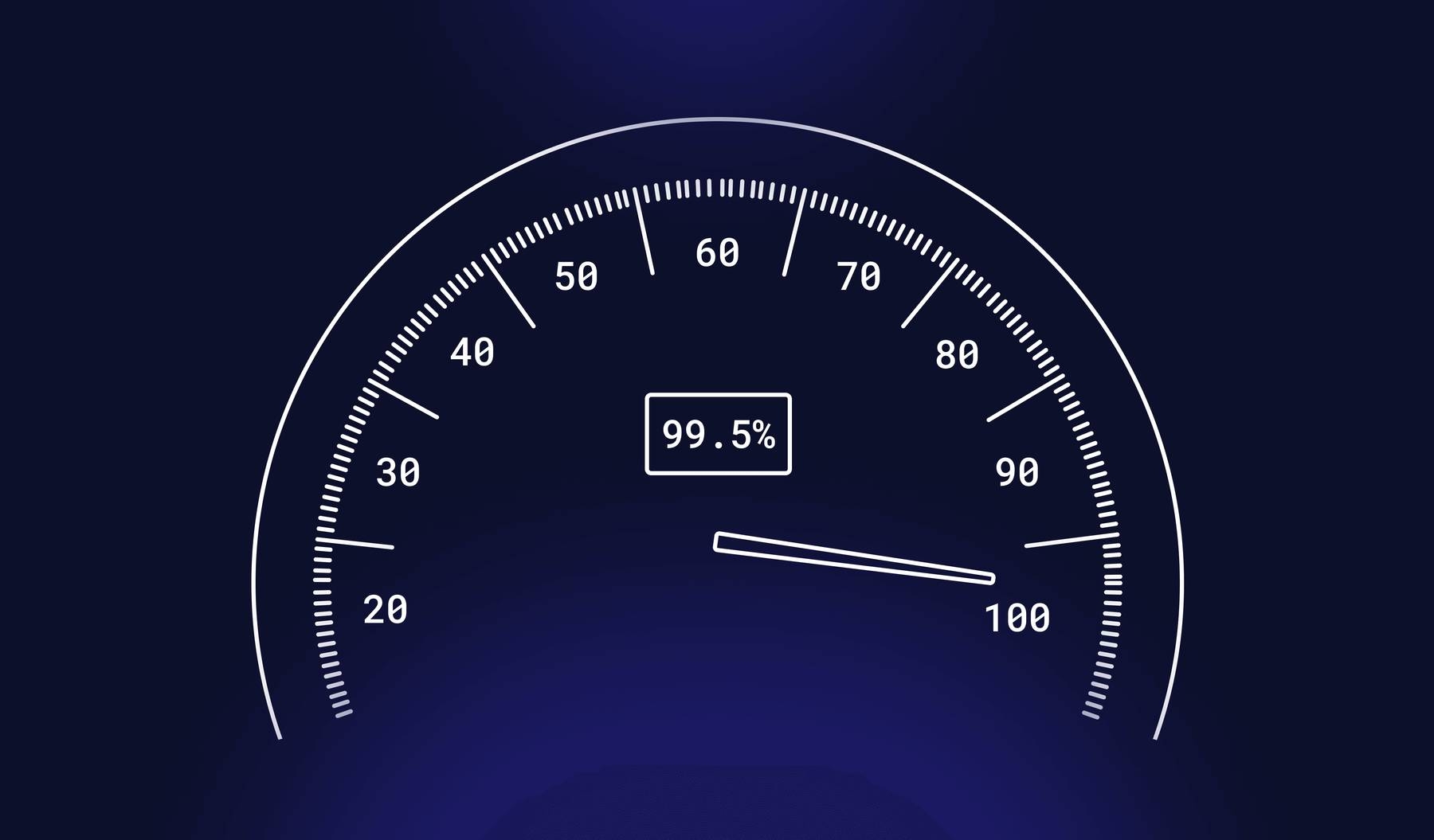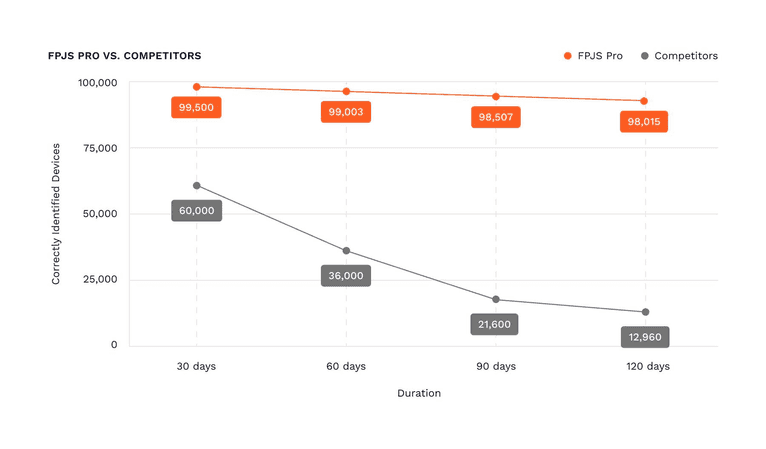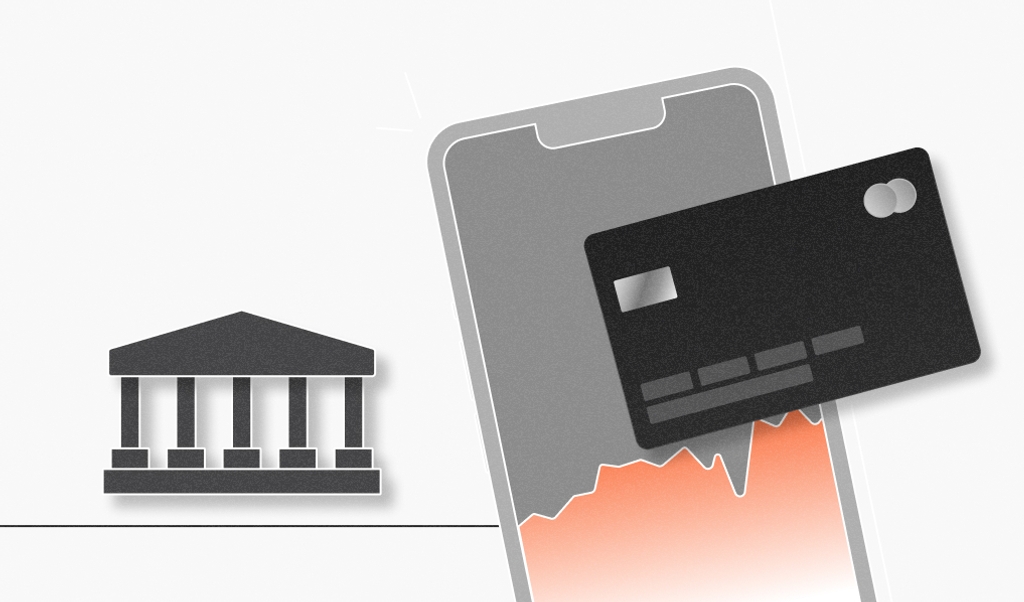
Summarize this article with
Device identification is an essential weapon in the fight against fraud. The majority of fraud is committed by a small percentage of users, often visiting a targeted website multiple times in order to commit fraud using different login credentials, credit cards and names. By accurately identifying devices even when the user is attempting to conceal their identity, you can better spot patterns of fraud and block fraudsters from taking advantage of your business.
IP addresses and cookies no longer suffice
Device identification has traditionally relied on IP addresses and cookies. For many years, these two mechanisms were sufficient, as IP addresses rarely changed, being statically assigned to individual devices or households. Cookies had no restrictions on cross-site tracking and identifier storage as there was no public awareness about privacy implications of doing so.
Today the importance of IP addresses and cookies in preventing fraud have significantly diminished to the point of being useless.
- IP addresses change frequently and consumers routinely use VPNs to hide their IPs or use services like iCloud Private Relay, which replaces your public IP with one provided by Apple
- Most browsers today either disable 3rd party cookies or cap their lifetimes, making them impractical for storing identifying information
A new age of identification
Fingerprint Pro and other device fingerprinting services provide an alternative method of identification. However, best-in-class accuracy makes Fingerprint Pro the most viable solution for long-term device identification suitable for real-life fraud detection scenarios.
Fingerprint Pro incorporates over 100 unique signals to achieve industry-leading accuracy, with identifiers that remain stable for months, not days. Even better, Fingerprint works across all major web and mobile platforms (including iOS and Android).
Why high accuracy matters
Why is such high accuracy important? See below how a sample size of 100K devices is accurately measured over time with Fingerprint Pro’s accuracy[1] versus a lower accuracy solution.[2]

With a low accuracy alternative, your fraud system could misidentify nearly 90% of devices after 4 months. Repeat offenders appear as completely new visitors over time, allowing them to retarget your site for account takeover attempts, payment fraud schemes and more. It also makes it difficult to reduce friction for trusted customers, as they will need to be challenged more frequently to ensure fraudsters slipping through the cracks are caught.
Getting started
Find out how much fraud Fingerprint Pro can prevent for your business by designing a trial with our expert team. Contact us and get hands-on guidance for how to incorporate Fingerprint Pro’s high accuracy identification into your fraud stack.
[1] To learn more about the methodology used to define our identification accuracy, read our documentation.
[2] In a fingerprinting study from KTH Royal Institute of Technology, 33.6% of users were correctly identified. Other studies from EFF and Inria found accuracy between 80-90%, but those studies predate current web privacy policies. For the purposes of this comparison, we assumed a 60% accuracy rate.



